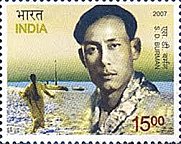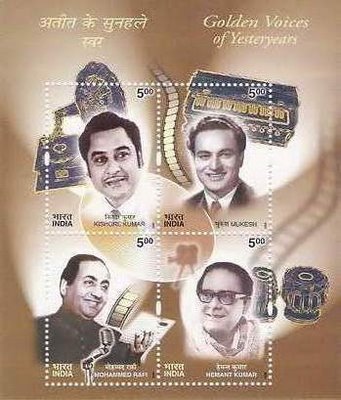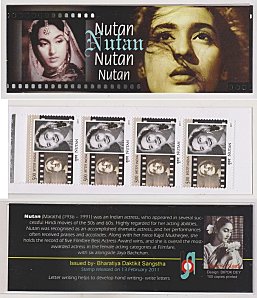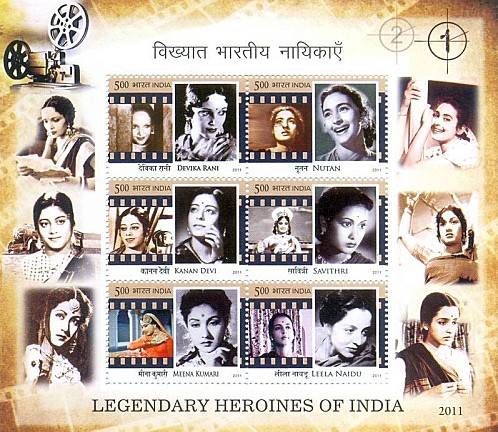‘Shock’ is when something happens, when least expected. Many social, scientific, historical or psychological treatises have documented such ‘shocks’. However, the matter does not end with the ‘shock’. Many related events keep on happening after the main – initial, principal – ‘shock’ – which are popularly known as “Aftershocks”.
The ‘shock’, or for that matter ‘aftershock’, too, can range in severity, from very light to extremely devastating. It is also not necessary that if the ‘shock’ is not severe, the ‘aftershock’ also will not be severe, or vice versa. Nature will behave in any random manner, because it is the nature. The effects or results of the ‘shock’ /’aftershock’ can be happy or can be sordid; these can be physical or emotional and can impact an individual or family or society or nation or the whole world severally or in some set(s) combinations or collectively. The effects can be ephemeral and transient or can be epochal and far-reaching.
Kutch experienced such a ‘shock’ on 26th of January, 2001 by way of a high intensity ‘massive’ earthquake. More than 14,200 people have been feared to have perished and an estimated 600,000 were left homeless, in the aftermath of this quake. As a matter great credit to the grit of the people of Kutch, aided by a very generous immediate and mid-term help from the outside world, Kutch has resurrected itself, like sphinx, in the subsequent decade.
There has been extensive documentation of the physical aspects of the devastations and resurrection and reportages of human misery or of the human grit as well. But, as Shri Haresh Dholakia records in the Preface to his short novel, ’Aftershock’, there is hardly any fictional narratives on the human side of this particular ‘shock’ and thereafter. Our mind conjures up the memories of a similar event that has similar massive fallout on human life – the 1947 Partition. This had given rise to a vast variety of fictional works – short stories, novels and even movies.
Shri Dholakia happened to attend a meeting of some ’well-known’ withers in Bhuj, few months post-quake and resolved to write representative fictional account of the holocaust as well as the human pathos. Our current short-novel owes its existence to germination of this idea in, otherwise, by nature, mind of an essay-writer. As he has indicated in the preface, he took enough time to give final, publish-able, shape to the idea, because the idea vacillated between two extremes of ‘whether such a thing can ever happen in a real life’ rationale of a natural logic-bound essayist and a pure, sheer creative urge of a creator of a fiction-based literature.
Such an enticing introduction to the genesis of this book does start ringing of silent bells in the minds of the reader at the very start of the book. The reader is, thus, already in the state of off-the –edge’ of ‘what-next?’, which is further accentuated by the author’s matter-of-fact descriptive style to take him /her on a simultaneous journey of what the author would have in his mind for the next event.
The novel begins with an easy paced dilemma of a young civil engineer for his – unwittingly split loyalty between a happy family of a beautiful, loving and care-taker wife and a son and his unexplainable, but equally irresistible, love for the young daughter of his one of the senior customers. But before the reader can digest this minor ‘shock’, the author jolts the reader out of this romantic reverie, through that fateful earthquake of 2001.
Shri Haresh Dholakia is essentially a logical essayist. So his narratives flow between the logic and imagination. If his narratives do not seem to fly off on the wings of imaginations of a natural creator of fictional literature, the narratives do not sound too matter-of-fact, as well. The breadth of his narrative is not so constrained, by his natural logic, which the reader cam make out what is happening on the opposite end of the shore of his next-moves. Nor is it so unwieldy to be beyond the reach of likelihood of the logic of real-life feasibility of the events.
The reader moves on with the author, feeling the tremors of quake, feeling hurt by its immediate impacts, feels depressed with the principal protagonist, lives with him without any food for several days in the funeral-pyre place, decides to surrender to the Almighty when intellect and emotions have been totally blunted out, gets the message of self-less perseverance from the untiring work put in by the sages and gets rejuvenated from the childlike innocence of his son and pensively joins the process of building his life from the ruins of the quake.
The story line now moves from the past and the present to the future. As always happens in the fictions, his son ‘happens’ to have a chance, cursory meeting with a demure and smilingly under-stated beauty during his visits to the campus library of his University as he now pursues his study in graduation for IT. The ‘chance meeting’ blossoms into ‘controlled’ affection, and then into the strong bond of love between the two youngsters, As the experienced reader of fiction would certainly expect. The relationship is seen to rise to a crescendo in the course of passage of time. Reader starts feeling the inkling of a storm in this gathering of clouds, even while the love-birds get the endorsement of the father, our principal protagonist of the past of the story, and his other family members.
Oh well, we should not narrate out the details of the story here, for that would foretell the element of underlying suspense and thrill that has spell-bound the reader with the follow of the story. The story is best enjoyed when read with the readers’’ own perceptions and points of views.
The story has now undertaken a different shape than a simple fictional love story, flourishing in the back drop of rejuvenated Kutch. One now undergoes a series of ‘Aftershocks’, happening in random time scale, with varying intensities, akin to what Kutch has undergone as it re-built itself after the ravages of that fateful, massive quake. The reader vicariously feels the emotional impacts of these ‘aftershocks’.
Every turn in the story does not happen in line with the expectations of the reader. And when it does, the reader finds that author has been able to present the reasons different than what he/she had thought of. Thus, as you read “aftershock”, you feel the similarities with Alfred Hitchcock story or film, where ‘shocking’ events happen when the viewer least expects it or do not happen, certainly not, when the viewer has expected it.
So, the reader keeps on reading through the pages with a tense expectation of an ‘unknown known’ event happening, till suddenly he /she realizes that book is already over. There are questions not answered or answers for which questions were not asked. The reader is left to conjure up own version of what would happen in the lives of the protagonists, why it would happen that way, and what would happen if things happened the way they do.
“Aftershock” is indeed a very bold experiment of handling a rather unorthodox subject in somewhat unusual style by an author who is essentially not a known fiction-writer. On a cursory reading what may appear to be a story of unfulfilled love, in two generations, is in fact a welcome attempt to look at the impact(s) of a major physical event on the lives of the individuals.
- Aftershock , Gujarati novel
– Author: Shri Haresh Dholakia; hareshdholakia@yahoo.com
– Publisher: R. R. Sheth & Co. Pvt. Ltd., Mumbai /Ahmedabad ǁ www.rrsheth.com
– ISBN 978-93-81315-73-6
– First Edition: February,2012
– Price Rs. 125/-



















